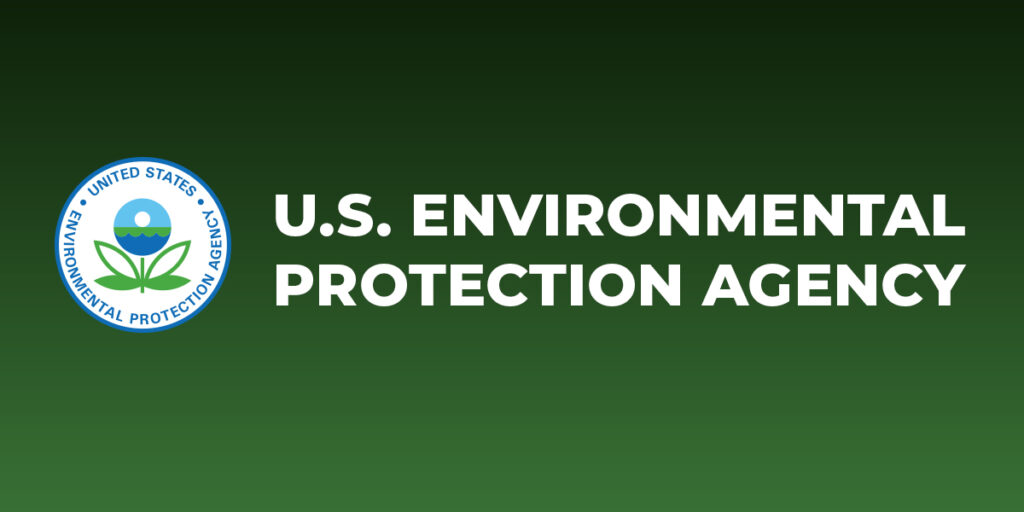 (AGENPARL) - Roma, 30 Ottobre 2024
(AGENPARL) - Roma, 30 Ottobre 2024(AGENPARL) – mer 30 ottobre 2024 Issued: Oct 29, 2024 (5:00pm EDT)
If you wish to unsubscribe please do so
here: http://url6130.epa.mediaroom.com/ls/click?upn=u001.iqz6hAvLdUl-2FaSixKUG3iyFJBsxNAroAZOQ1BID8fKIiLAUfJX2sQlhu1tzKAOIu-2BU84uzAzSpWvmWyHnsNJDRYXWx5dlMz75Zp9ch-2BQlG6mQHPYjReZhS13hvd5qOoplTWi_-2B0Ok6Af7hyz7Kqg6CR74pYblAA1WjrUjKSJUAiv3NOub0DC4O7JPWGxIlQ7kBB-2FSSFiwaZSZbb-2BaMuUYi9VNIE8zKetf-2F7EigYWpHoevs459ywMg14Q4TaeF0q4XgalVGL-2FCMZTYRf2EXy9f-2F6e-2F5PCJx3rMOV9e0KlHksBiWF-2FxgXLFp7JTWxxCbnQt-2FXOoBMFMgSY0yJod3jISQ1O4jdQ-2FsMCrlTFe6N-2FBC1DBOjCshbVQFZAwT1qq3VU5Bwfm
EPA Acting Deputy Administrator Nishida and National Tribal Caucus Chair
Wagner Co-Chair 2024 National Tribal Operations Committee Meeting
WASHINGTON – Today, October 29, 2024, the U.S. Environmental Protection
Agency hosted the National Tribal Operations Committee, a joint annual meeting
of senior leaders across EPA and Tribal leaders and representatives from
across Indian country. National Tribal Caucus Chair Gerald Wagner of the
Blackfeet Tribe co-chaired the meeting with EPA Acting Deputy Administrator
Jane Nishida.
“Never has the strength of the EPA-Tribal partnership been more important.
The impacts of climate change and other emerging challenges, which
disproportionately affect Tribal communities, require our joint resolve,”
said EPA Administrator Michael S. Regan. “Through the unprecedented funding
secured by President Biden in the Bipartisan Infrastructure Law and Inflation
Reduction Act, EPA is providing Tribes with critical investments to build
capacity for solutions to protect indigenous communities from pollution.”
In her welcoming remarks, Acting Deputy Administrator Nishida highlighted the
40th anniversary of the signing of the EPA Indian Policy. Signed by EPA
Administrator William Doyle Ruckelshaus in 1984, this seminal guidance lays
out the vision and principles for EPA’s partnership and engagement with
Tribes in protecting the environment and public health. EPA was one of the
first federal agencies with a formal policy specifying how it would interact
with Tribal governments and consider Tribal interests in carrying out its
programs to protect human health and the environment. The EPA Indian Policy
remains the cornerstone for EPA’s Indian environmental program.
EPA established the National Tribal Operations Committee in February 1994 to
improve communication and build stronger partnerships between the Agency and
federally recognized Tribes. It is comprised of Tribal members from each of
EPA’s ten Regions (these members are collectively referred to as the NTC)
and EPA’s senior leadership team, including EPA’s Administrator, Deputy
Administrator and the Agency’s Assistant Administrators and Regional
Administrators.
The NTOC meeting featured a wide-ranging discussion from increasing Tribal
capacity to implementing environmental programs, with a special emphasis on
how EPA can assist Tribes by removing barriers for Tribes to access federal
resources in line with Executive Order 14112, Reforming Federal Funding and
Support for Tribal Nations To Better Embrace Our Trust Responsibilities and
Promote the Next Era of Tribal Self-Determination.
In addition, the NTOC meeting also featured discussions on how Tribes and EPA
can work together to address the adverse effects of climate change and
challenges posed from emerging contaminants. The dialogue included ideas and
opportunities to protect Tribal lifeways and communities.
Background on EPA’s Tribal Programs
To accelerate progress under the Indian Policy, in 1994, the modern structure
of the EPA Tribal Program was developed, including the creation of EPA’s
American Indian Environmental Office. The AIEO leads EPA’s efforts to protect
human health and the environment of federally recognized Indian tribes, with a
special emphasis on helping tribes administer their own environmental
programs. In addition, AIEO is the national program manager for the EPA’s
Indian Environmental General Assistance Program, or GAP – the largest of
EPA’s tribal grant programs.
More information about the EPA Indian Policy and EPA’s programs in Indian
Country
To unsubscribe or change your settings click here:
http://url6130.epa.mediaroom.com/ls/click?upn=u001.iqz6hAvLdUl-2FaSixKUG3iyFJBsxNAroAZOQ1BID8fKKhIILjisBDEktm3-2BIos9X6xEoIMZpl4q9n1-2FVfCRfNp94WMZbnwCjj3J7T2jE6apOBzE1hoDuEqdxWwQ37miuBTm11cZOHuoeddQ9AZq6Z1w-3D-3DKJGm_-2B0Ok6Af7hyz7Kqg6CR74pYblAA1WjrUjKSJUAiv3NOub0DC4O7JPWGxIlQ7kBB-2FSSFiwaZSZbb-2BaMuUYi9VNIE8zKetf-2F7EigYWpHoevs45z-2BfJhWv1IZRSb1v4Ub0rB82NnGzVmN8VbpXyiHsdzJ59AavyyP0br8YKW3VVWFnrYtzh12EG64OF0SVKxvETiM76yyjO-2FzLGj6q5UEc0fT5T6IG0HHjzlFgDjSDxguIwwiIyfmJ6raTiLayX3-2BRIx

